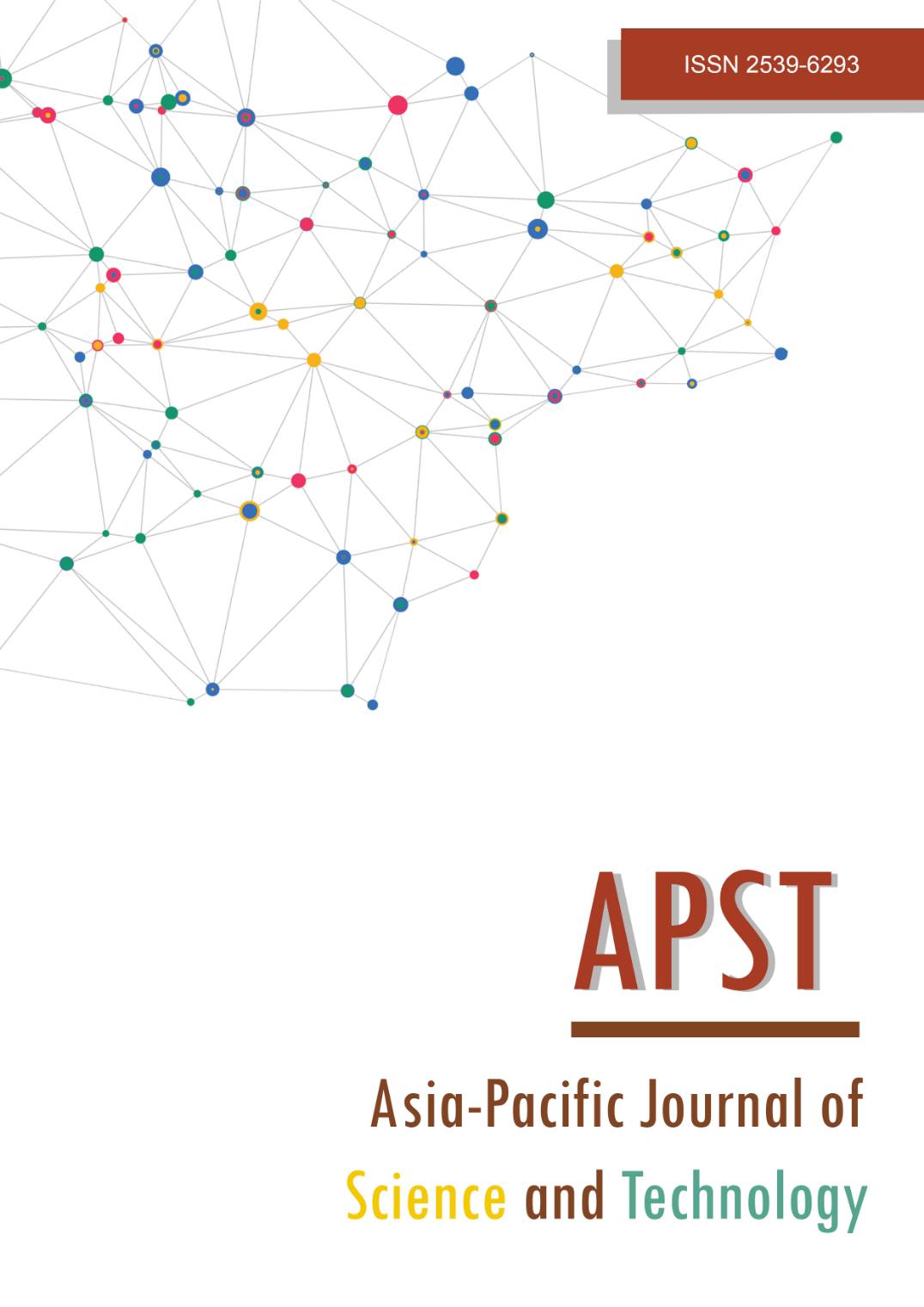Prevalence and risk factors of proteinuria in patients with type 2 diabetes mellitus
Main Article Content
Abstract
Type 2 diabetes mellitus (DM) is a common disease in clinical practice. Proteinuria or urine protein-tocreatinine ratio (UPCR) is an indicator for tubular biomarker for diabetic kidney disease. There is limited data on risk factors of proteinuria in patients with DM particularly in Thai or Asian populations. This study aimed to evaluate prevalence and risk factors of proteinuria in patients with type 2 DM in Thai population. This was a retrospective study conducted at Roi Et Hospital, Roi Et, Thailand. The study criteria were adult patients diagnosed as diabetes mellitus type 2 and treated at Diabetes Mellitus clinic, Roi Et Hospital for at least three months. The primary outcome of the study was presence of proteinuria of over 150 mg/g by UPCR. Factors predictive of proteinuria were computed by logistic regression analysis. During the study period, there were 299 patients met the study criteria. Of those, 92 patients (30.77%) had proteinuria. There were eight factors eligible for multivariate logistic regression analysis for proteinuria. Of those, only fasting plasma glucose (FPG) was independently associated with proteinuria with adjusted odds ratio of 1.009 (95% CI 1.004, 1.0156). The FPG of 136 mg/dL or over had sensitivity of 80.43%. In conclusion, prevalence of proteinuria in patients with type 2 DM was 30.77% in provincial hospital setting. FPG may be associated with presence of proteinuria. A cut off point of FPG of 136 mg/dL had good sensitivity as a predictor of proteinuria in patients with type 2 DM.
Article Details
References
[2] Liu S, Niu J, Wu S, Xin Z, Zhao Z, Xu M, et al. Urinary albumin-to-creatinine ratio levels are associated with subclinical atherosclerosis and predict CVD events and all-cause deaths: a prospective analysis. BMJ Open. 2021;11(3):1-10.
[3] Inoue K, Streja E, Tsujimoto T, Kobayashi H. Urinary albumin-to-creatinine ratio within normal range and all-cause or cardiovascular mortality among U.S. adults enrolled in the NHANES during 1999-2015. Ann Epidemiol. 2021;55:15-23.
[4] Bae J, Won YJ, Lee BW. Non-albumin proteinuria (NAP) as a complementary marker for diabetic kidney disease (DKD). Life (Basel). 2021;11(3):1-12.
[5] Ogi M, Seto T, Wakabayashi Y. Prediction of microalbuminuria from proteinuria in chronic kidney disease due to non-diabetic lifestyle-related diseases: comparison with diabetes. Clin Exp Nephrol. 2021: 25;(7):727-750.
[6] Bae J, Lee YH, Kang ES, Cha BS, Lee BW. Proteinuria is associated with carotid artery atherosclerosis in non-albuminuric type 2 diabetes: a cross-sectional study. J Clin Med. 2020;9(1):1-11.
[7] Kim JH, Oh SY, Kim EH, Lee MJ, Jeon YK, Kim BH, et al. Addition of nonalbumin proteinuria to albuminuria improves prediction of type 2 diabetic nephropathy progression. Diabetol Metab Syndr. 2017;9(1):1-7.
[8] American Diabetes Association. 2. Classification and diagnosis of diabetes: standards of medical care in diabetes-2019. Diabetes Care. 2019;42 Suppl 1:S13-S28.
[9] Satirapoj B, Adler SG. Prevalence and management of diabetic nephropathy in Western countries. Kidney Dis (Basel). 2015;1(1):61-70.
[10] Tu ST, Chang SJ, Chen JF, Tien KJ, Hsiao JY, Chen HC, et al. Prevention of diabetic nephropathy by tight target control in an asian population with type 2 diabetes mellitus: a 4-year prospective analysis. Arch Intern Med. 2010;170(2):155-161.
[11] Tiwari S, Singh RS, Li L, Tsukerman S, Godbole M, Pandey G, et al. Deletion of the insulin receptor in the proximal tubule promotes hyperglycemia. J Am Soc Nephrol. 2013;24(8):1209-1214.
[12] American Diabetes Association. 11. Microvascular complications and foot care: standards of medical care in diabetes-2019. Diabetes Care. 2019;42 Suppl 1:S124-S138.
[13] Cirillo M, Cavallo P, Zulli E, Villa R, Veneziano R, Costanzo S, et al. Sodium intake and proteinuria/ albuminuria in the population-observational, cross-sectional study. Nutrients. 2021;13(4):112.


